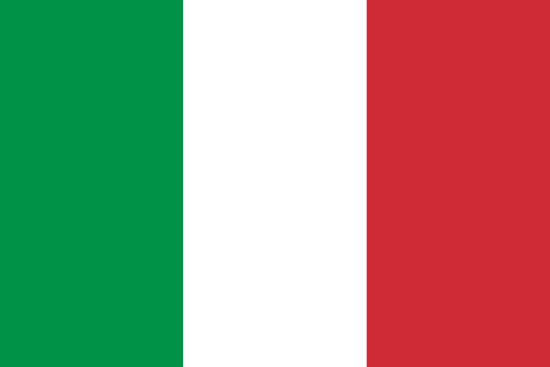"Leonessa d'Italia | Lioness of Italy"
About:
Brescia, located in Lombardy, Italy, has a rich history dating back to 1200 BC as a Celtic settlement. It became a Roman municipality in 89 BC, known for its temple to the goddess Minerva. After various rulers, including Lombards and Venetians, it became part of the Kingdom of Italy in 1861. Brescia endured heavy bombing during WWII but post-war, it experienced rapid industrial growth. Today, it's a significant industrial center, known for its manufacturing sector and as the site of the UNESCO-listed "Longobards in Italy" monuments.
When to visit:
The ideal time to visit Brescia, a picturesque city located in northern Italy, is during the spring and summer months from April to September. During this time, the weather is pleasant with mild temperatures and minimal rainfall, making it perfect for exploring the city's historic sites and cultural attractions. Additionally, many of Brescia's annual events and festivals take place during the summer, providing visitors with a vibrant and lively atmosphere. It is advisable to avoid visiting during the winter months as the weather can be cold and rainy, limiting outdoor activities and sightseeing opportunities.
When to avoid:
Traveling to Brescia on a holiday during the peak summer months of July and August may not be ideal due to the high temperatures and crowds. The city experiences hot and humid weather during this time, which can make sightseeing uncomfortable. Additionally, many locals may be on vacation, leading to potential closures of businesses and attractions. To avoid the busiest times, consider visiting Brescia during the shoulder seasons of spring or fall for more pleasant weather and fewer tourists.
Winter Season (Dec-Feb)
In Brescia, Italy, the coldest and wettest period is from November to March. Average temperatures range from 1-8°C, with January being the coldest month. Rainfall peaks in November with an average of 90mm. Sunlight is minimal, with an average of 3-4 hours per day. Cloud cover is extensive, often resulting in overcast skies. An average day for a visitor during this period would typically involve bracing the cold and rain, with limited opportunities for outdoor activities. Indoor attractions like museums and historical sites provide respite from the chilly weather.
Summer (June-August)
In Brescia, Italy, the warmest part of the year falls between June and August, with July being the hottest month. During this period, daytime temperatures typically range between 27°C (80°F) and 30°C (86°F), while nighttime temperatures drop to around 18°C (64°F) to 21°C (70°F).
Rainfall is relatively low during this period, averaging about 60-70mm per month. There's more sunlight with an average of 8 to 10 hours per day, providing ample time to explore the city.
Humidity levels are moderate, generally between 60% to 70%, which can make the heat feel more intense but is still comfortable for most people. The skies are usually partly cloudy, with cloud cover ranging from 25% to 35%.
A typical day for a visitor during this season would involve warm, sunny weather with a slight breeze. The mornings and evenings are cooler, making them ideal for outdoor activities. Afternoons can be hot, so it's the perfect time for indoor activities or relaxing in the shade. Despite the occasional thunderstorm, the summer weather in Brescia is generally pleasant and conducive to sightseeing.
Language:
In Brescia, a city in Lombardy, Italy, the most commonly spoken language is Italian. In addition, Bresciano, a dialect of the Lombard language, is also spoken by a segment of the population. It's not uncommon to hear English, especially in tourist areas, and there's a presence of immigrant languages such as Albanian, Romanian, and Arabic.




